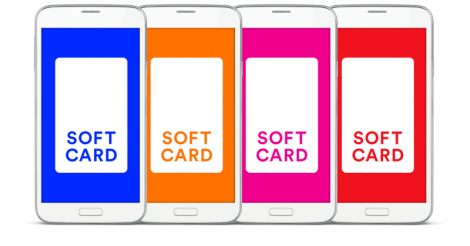Smt.
Sujata Prasad, Additional Secretary, Ministry of Culture inaugurated an exhibition
“Indian Historical monuments in Company Painting School” in Ajanta Hall,
National Museum, New Delhi today. The exhibition will remain open to the public
till 27th August, 2017. The exhibition presents illustrated
paintings on Indo-Islamic Monuments with scenes of Mughal Architectures made
with photo realistic approach.
The
National Museum took a new initiative on a “Small Temporary Exhibition”
from its reserve collection. The exhibitions will be based on several themes,
so that it will attract large number of visitors to view new artifacts every
fortnight. Through such programme National Museum is trying to draw visitor’s
attention and allows them to experience the collection on many significant art
pieces of reserve storage, which generally remains out of focus.
The
first temporary exhibition was on “Traditional Headgear of India” from
the Decorative Arts department. It was inaugurated by Smt. Rashmi Verma,
Secretary- Culture & tourism on 24th July 2017 at Ajanta Hall (First
floor). This exhibition arranged to showcase printed turban, embroidered
dopalli and Maratha stitched cap and zardozi cap specially designed for
occasional and ceremonial bases.
This exhibition “Indian
Historical monuments in Company Painting School” will present illustrated
paintings on Indo-Islamic Monuments with scenes of Mughal Architectures made
with photo realistic approach. In the eighteenth and nineteenth centuries India
witnessed a new genre of painting popularly known as ‘Company School’ as it
emerged primarily under the patronage of the British East India Company. The
British officers trained Indian artists in British water color style for
documenting Indian daily life scene, monuments, art and culture in the form of
Paintings for carrying out as souvenir to their homes while returning to the
England. Some of these Company Paintings are illustrated with scenes of Mughal
Architectures. As these painting were part of documentation most of these
architectures are painted in full profile such as Red Fort of Delhi
(1639-48 CE) and Taj Mahal (1630-48 CE) while a few of them
depict only important part of the monument for highlighting special features
like Interior of the Tomb of Itimad-ud-Daula.
Twelve
paintings from the Reserve Collection, National Museum are exhibited in this
exhibition. Some of them are:
1. Chini
ka Rauza
Agra
Company
Period, 19th Century C.E.
Paper
8.9 x 7.4 inch
Acc. No. 49.19/308
2. Buland-Darwaza
Fatehpur
Sikri
Company
Period, 19th Century C.E.
Paper
8.9 x 7.4 inch
Acc.
No. 49.19/309
3. Gateway
of Taj Mahal
Agra
Company
Period, 19th Century CE
Paper
8.8 x 7.4 inch
Acc.
No. 49.19/310
4. Coloured
sketch of Red Fort
Agra
from the riverside
Company
Period, 19th Century C.E.
Paper
8.8 x 7.3 inch
Acc.
No. 49.19/312
5. Railing
around the Graves inside the Taj Mahal
Agra
Company
Period, 19th Century C.E.
Paper
8.9 x 7.3 inch
Acc.
No. 49.19/317
6. Akbar’s
Tomb
Agra
Company
Period, 19th Century C.E.
Paper
8.8 x 7.4 inch
Acc.
No. 49.19/321
The
temporary exhibition from the Reserve Collection of National Museum is
formulated to display variety of objects from the National Museum Reserve
Collection for six months. The schedules for the exhibitions are as follow:
1.
Stuccos
from Taxila – August, 2017
2.
Exploring
Seals: Silver, copper, stone seals with bilingual and trilingual inscriptions
from the Epigraphy – September, 2017
3. Ornamental
Arms and Armour – September, 2017
4.
Shoes
and sandals from Central Asia and – October, 2017
5.
Folk
objects of Bengal : With special reference to the wooden dolls and sholapitha
objects – October, 2017
6.
Man:
the creator, the development of tool making by Early man. It will deal with
early man and the tools they have used during different time span of evolution
– November, 2017
7.
Calligraphy
in the Holy Quran – November, 2017
8.
Western
Art in Indian Museum – December, 2017

*****
Sanjay
Kumar/Culture/11.08.2017


































































































